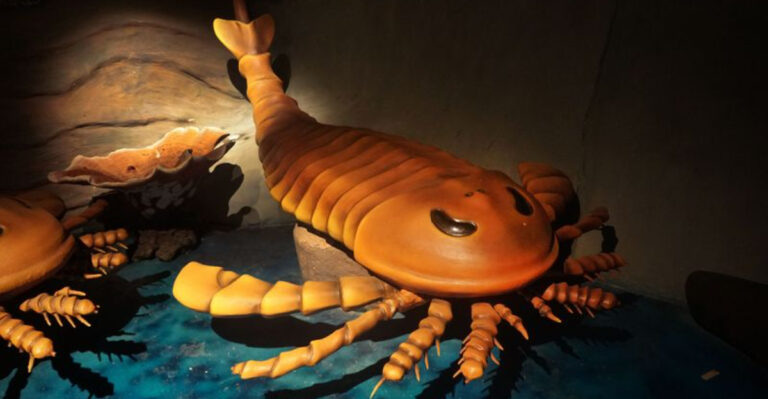Massive 1,653-Pound Shark Caught Off Florida Coast, Making It A Historic Catch
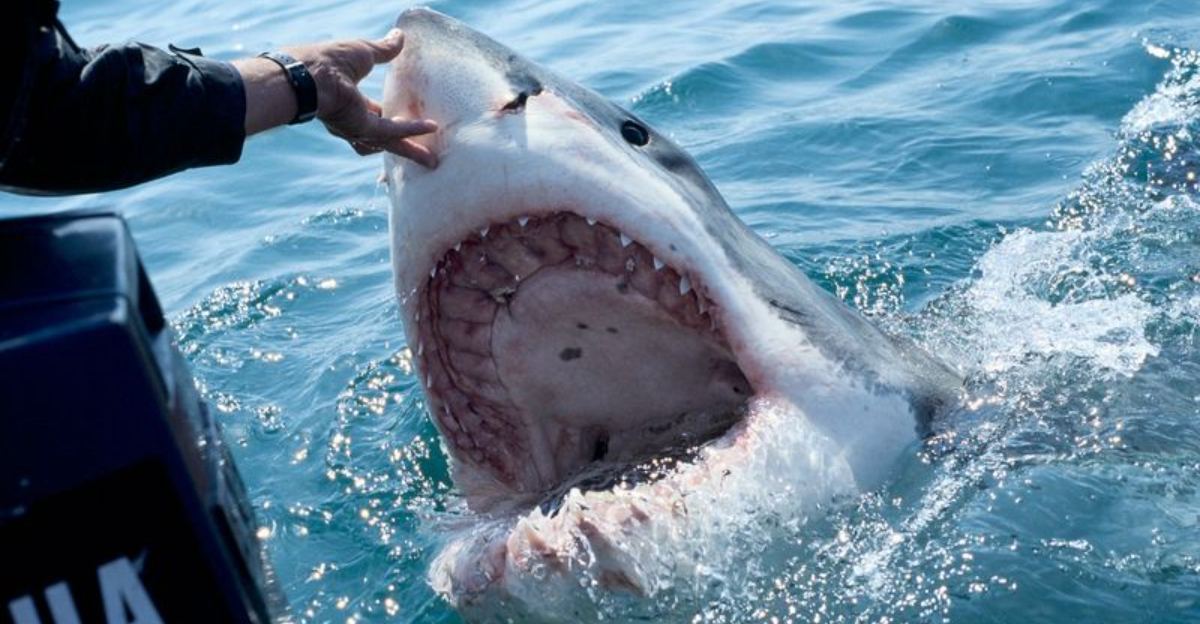
Florida’s waters recently made headlines with an extraordinary event that has shocked marine enthusiasts worldwide. A colossal 1,653-pound shark was captured off the Florida coast, instantly securing its place in fishing history.
This mammoth catch has sparked conversations among scientists, conservationists, and fishing communities about what this means for our understanding of these magnificent ocean predators and their presence in Florida waters.
Record-Breaking Size Stuns Experts
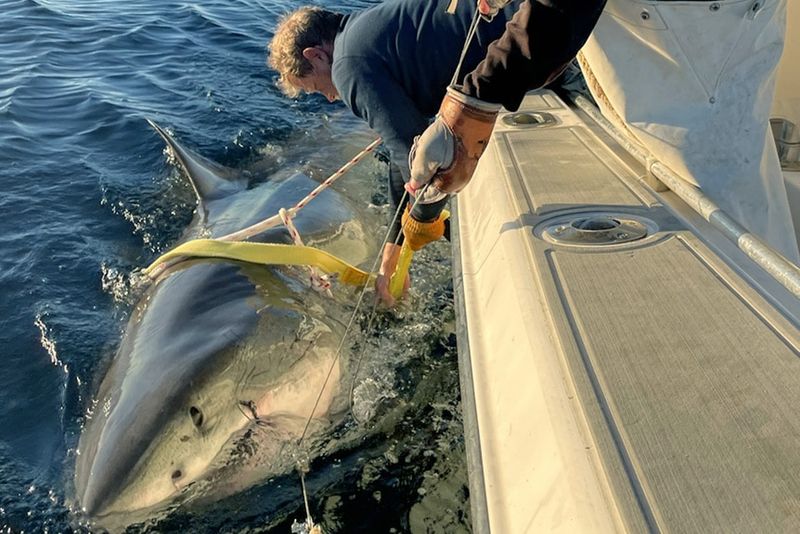
The sheer size of this 1,653-pound behemoth left even veteran marine biologists speechless. Few sharks ever reach this weight class, placing this specimen among the largest ever documented in Florida waters.
Scientists estimate the shark to be approximately 50 years old based on its size and growth patterns. For comparison, most sharks of this species typically weigh between 500-900 pounds when fully mature.
The previous Florida record stood at 1,280 pounds, making this new catch nearly 400 pounds heavier than its predecessor.
OCEARCH Names The Giant ‘Contender’

Following their tradition of naming significant catches, OCEARCH researchers christened this enormous shark ‘Contender.’ The name reflects both its fighting spirit and championship status among its species.
OCEARCH, a renowned marine research organization, tracks and studies sharks to better understand their migration patterns and behaviors. Contender will join their database of monitored sharks, providing valuable insights into the lives of these ocean giants.
The naming ceremony took place right on the research vessel, with the team celebrating this momentous addition to their research subjects.
Caught During Scientific Expedition

Contender wasn’t captured by sport fishermen but during a planned scientific expedition aimed at studying shark populations. The OCEARCH team uses a special platform that safely lifts sharks out of water for quick examination before release.
The expedition included marine biologists, veterinarians, and oceanographers working together to collect data. They drew blood samples, attached tracking devices, and performed ultrasounds all within 15 minutes to minimize stress on the animal.
Such expeditions provide crucial information about shark health, breeding patterns, and migration routes that would otherwise remain mysterious to scientists.
Released Back Into The Wild

After thorough examination and tagging, Contender was carefully released back into Florida waters. The shark swam away strongly, showing no signs of lasting stress from the brief encounter with researchers.
A tracking device now allows scientists to follow Contender’s movements in real-time. Anyone can monitor this giant’s journey through OCEARCH’s public tracking website, turning one shark’s life into an educational opportunity for people worldwide.
The release marks the beginning of what could be years of valuable data collection as Contender continues its life in the ocean, now serving as an ambassador for its species.
Rare Species Identification Surprises Scientists

Initially thought to be a great white, closer examination revealed Contender belongs to a much rarer species. The distinctive markings and fin structure identified it as a type seldom seen in Florida waters, adding scientific significance to the catch.
Genetic samples were immediately sent to marine laboratories for detailed analysis. The results could potentially reveal new information about shark populations and migration patterns previously unknown to science.
Finding this species in Florida waters challenges existing knowledge about their habitat range and could indicate shifting oceanic conditions affecting shark territories.
Historic Significance For Marine Research
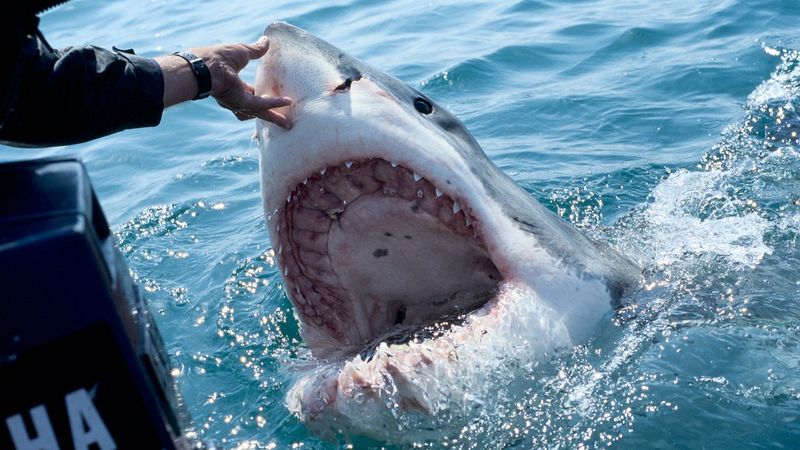
Contender’s capture represents a goldmine of scientific data that could reshape our understanding of large marine predators. Researchers collected over 20 different biological samples during the brief examination period.
The shark’s size suggests it has survived decades in increasingly threatened ocean environments. By studying a specimen that has thrived despite human impacts on marine ecosystems, scientists hope to identify factors that contribute to shark longevity and resilience.
The data collected may influence conservation policies and fishing regulations throughout the Atlantic Ocean, potentially helping to protect these magnificent creatures for generations to come.
Local Fishing Community Reacts
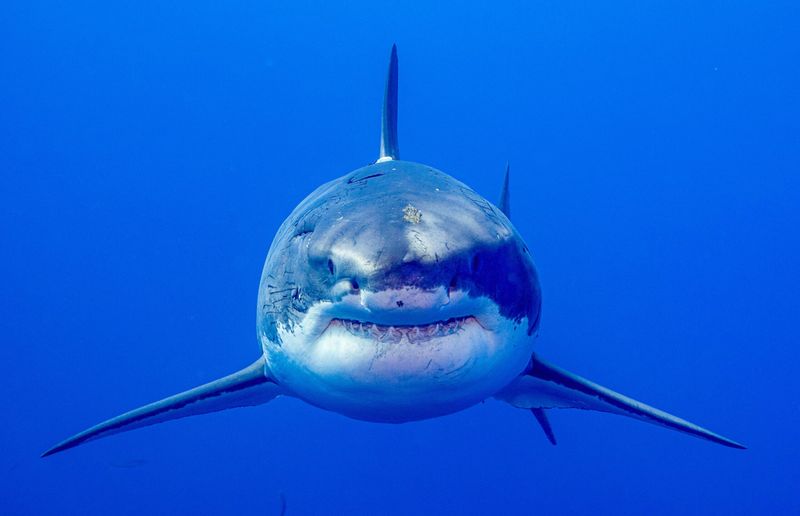
News of Contender’s capture spread like wildfire through Florida’s coastal communities. Local fishermen gathered at docks to share stories of their own shark encounters, though none could match this record-breaker.
“I’ve been fishing these waters for 40 years and never seen anything close to that size,” remarked veteran fisherman Mike Donovan. The catch has reinvigorated interest in marine life among community members, with local fishing charters reporting increased bookings from people hoping to glimpse large sharks.
Some conservation-minded locals have even started community education programs about shark protection following the heightened interest.
Tracking Reveals Surprising Migration Pattern
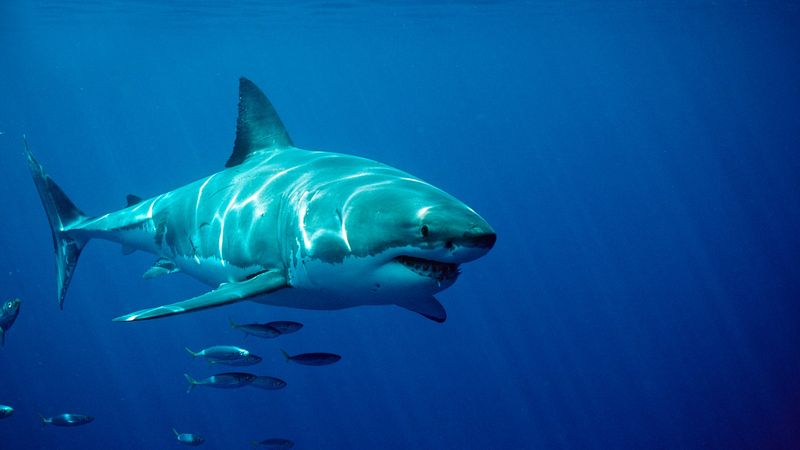
Within just days of release, Contender’s tracking device revealed unexpected movement patterns never before documented in sharks of this species. The massive predator traveled over 70 miles in the first 48 hours, far exceeding typical movement rates.
Scientists were shocked to discover the shark diving to extreme depths exceeding 3,000 feet. These deep dives occurred at specific times of day, suggesting sophisticated hunting or navigation behaviors previously unknown.
The tracking data also showed Contender following an unusual zigzag pattern along the continental shelf, potentially revealing new feeding grounds or breeding areas vital for conservation efforts.
Conservation Implications Of The Catch
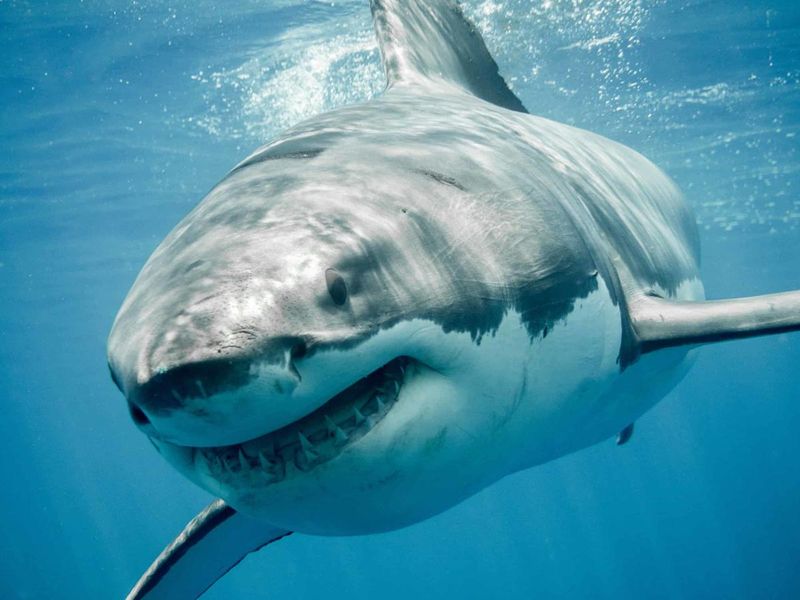
Contender’s size suggests healthy apex predator populations might still exist despite declining global shark numbers. Conservation groups have seized this opportunity to highlight the importance of protecting these magnificent creatures and their habitats.
The discovery has prompted Florida officials to review current fishing regulations in waters where Contender was found. Several marine protection organizations have proposed expanding protected zones based on the tracking data from this single shark.
Educational programs featuring Contender’s story are already being developed for Florida schools, using this remarkable animal to inspire the next generation of marine conservationists.
What The Future Holds For Contender
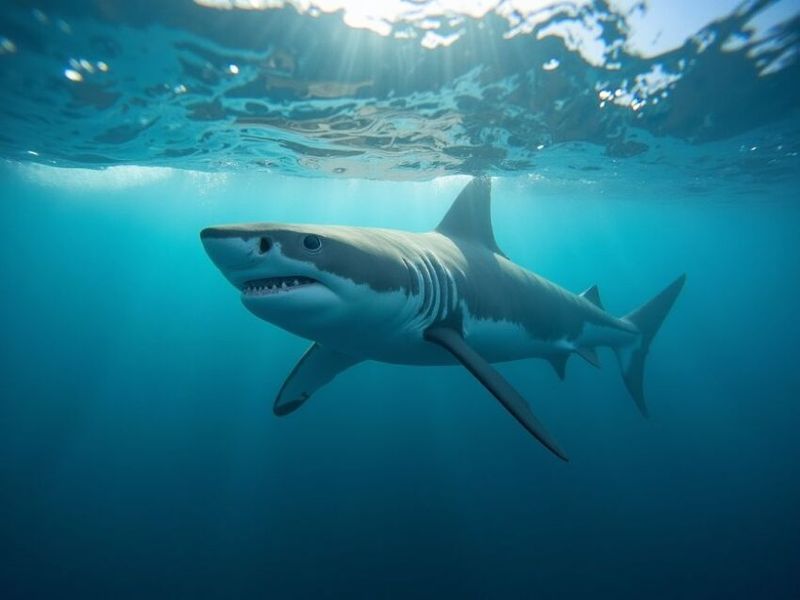
Scientists predict Contender could live another 20-30 years if it avoids fishing gear and other human threats. During this time, the tracking data will provide an unprecedented window into the life of a mature shark.
Researchers hope to observe breeding behaviors that have rarely been documented in the wild. Female sharks of this species often return to the same areas to give birth, potentially leading scientists to discover critical nursery habitats that require protection.
Annual attempts to relocate and re-examine Contender are planned, creating a longitudinal study that could revolutionize our understanding of these magnificent ocean predators.



